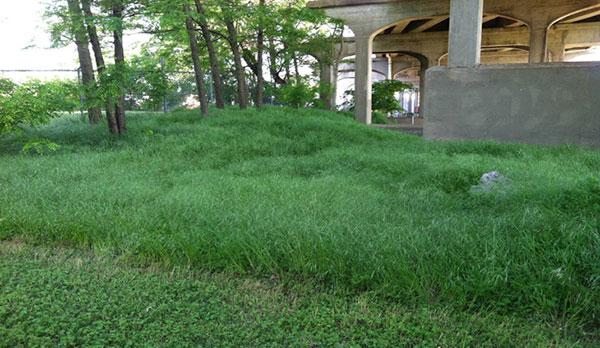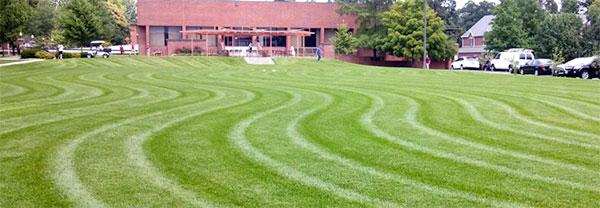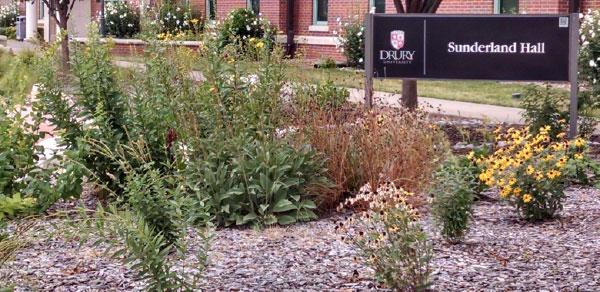You Can't Play Baseball in a Tallgrass Prairie... and Killdeer Won't Nest on a Soccer Field
We are pleased to welcome Joe Fearn to TurfNet as a contributing blogger. Joe is the Grounds Supervisor at Drury University in Springfield, Missouri, and is an ISA Certified Arborist/Municipal Specialist and PGMS Certified Grounds Manager.
Several years ago I was talking to a local member of the Natural Resources Conservation Service (NRCS). I was asking about a quandary I was faced with and I wanted another perspective. I had recently taken note of a patch of neglected and disturbed ground in a linear park I oversaw. This area was construction debris, no maintenance, and was only weed whacked to keep woody plants out. Yet it had a uniform stand of Japanese Bromegrass that looked amazing.

What I wanted to know was what I could grow in my park to look as beautiful and uniform, with as little intervention? This person?s answer was Tallgrass prairie. That made a lot of sense based on environmental factors and the prevalent soil structure, but you can?t play baseball in a Tallgrass prairie. You lose the bases and balls. So I became a little more accepting of the turf type tall fescue I had, and started looking for ways to make it as environmentally compatible as possible. Mow higher, organic fertilizer, IPM, etc.
Now that I am managing the grounds of an urban university, I am often taken back to my initial question of what to grow? My belief is that landscapes are created too often with far too little assessment of what the purpose of the area is. Because just like baseball needs the proper sports field environment, a Killdeer needs the proper environment too. Killdeer won?t nest on a putting green. People need the right environment for their needs also.
The vast majority of our campus is turf. In many areas we do not need turf. It has simply come into being because no one argues with it. Don?t get me wrong, I love turf.

As a grounds manger, landscape designer, sports fan and golf course worker, a nice stand of turf is absolutely necessary to achieving many of our required results. My point is while turf is better than concrete, in terms of ecological services, it is short of a natural ecosystem in its potential. Environmental service and value is becoming increasingly important every year.
Thankfully and appropriately, many of the golf courses I read about on TurfNet are expanding the mix of plant systems on their courses. But just like I believe irrigation professionals (Golf Course Superintendents, PGMS Certified Grounds Mangers, etc.) are not who should be targeted with water conservation plans (we are aggressively conserving already), as an industry we should be pushing ourselves further, and setting an example for homeowners also in terms of evaluating the appropriate use of turf.

This area at a resident hall was underperforming turf. We struggled for several years to overcome compaction and foot traffic but it was always ugly turf. Rather than continue, we changed direction. Now we have an area that is aesthetically improving while also improving ecological services (water infiltration, pollinators, bird and insect food source/habitat). Several stone paths accommodate foot traffic without disruption. It is a case where turf was never the answer.
The use of turf is the default paradigm, the reasonable use of non-turf natural systems in the landscape needs more proponents. Landscapes should be more natural as a default, then turf introduced where it makes sense, rather than turf as default, and natural systems introduced where there is left over space. The many strongly pro-environment/pro ecology golf course and turf mangers give me hope this is happening.



0 Comments
Recommended Comments
There are no comments to display.